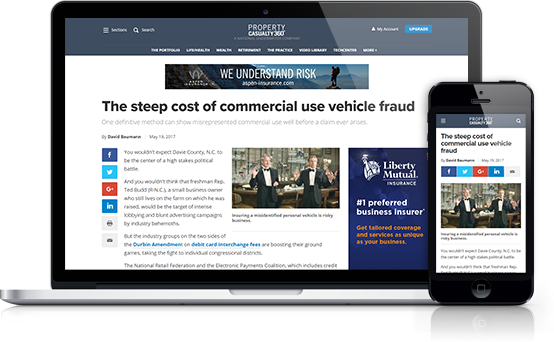The road to building seamless, hands-off, end-to-end claims processing still is under construction. But with straight-through capability as their distant destination, insurers are choosing a route of deploying solutions bit by bit to drive efficiency into existing claims systems.
By Michael P. Voelker
The ability of a claims ad-juster to open up a laptop, do an instant damage ap-praisal, and write a check for payment in one visit perhaps is one of the more impressive displays of claims technology in the eyes of the average policyholder. But as insurers know, claim payment is only one part of the claims process, and hours of work remain to adjudicate, negotiate, and subrogate after the check is cut.
Recommended For You
Want to continue reading?
Become a Free PropertyCasualty360 Digital Reader
Your access to unlimited PropertyCasualty360 content isn’t changing.
Once you are an ALM digital member, you’ll receive:
- Breaking insurance news and analysis, on-site and via our newsletters and custom alerts
- Weekly Insurance Speak podcast featuring exclusive interviews with industry leaders
- Educational webcasts, white papers, and ebooks from industry thought leaders
- Critical converage of the employee benefits and financial advisory markets on our other ALM sites, BenefitsPRO and ThinkAdvisor
Already have an account? Sign In Now
© 2025 ALM Global, LLC, All Rights Reserved. Request academic re-use from www.copyright.com. All other uses, submit a request to [email protected]. For more information visit Asset & Logo Licensing.








